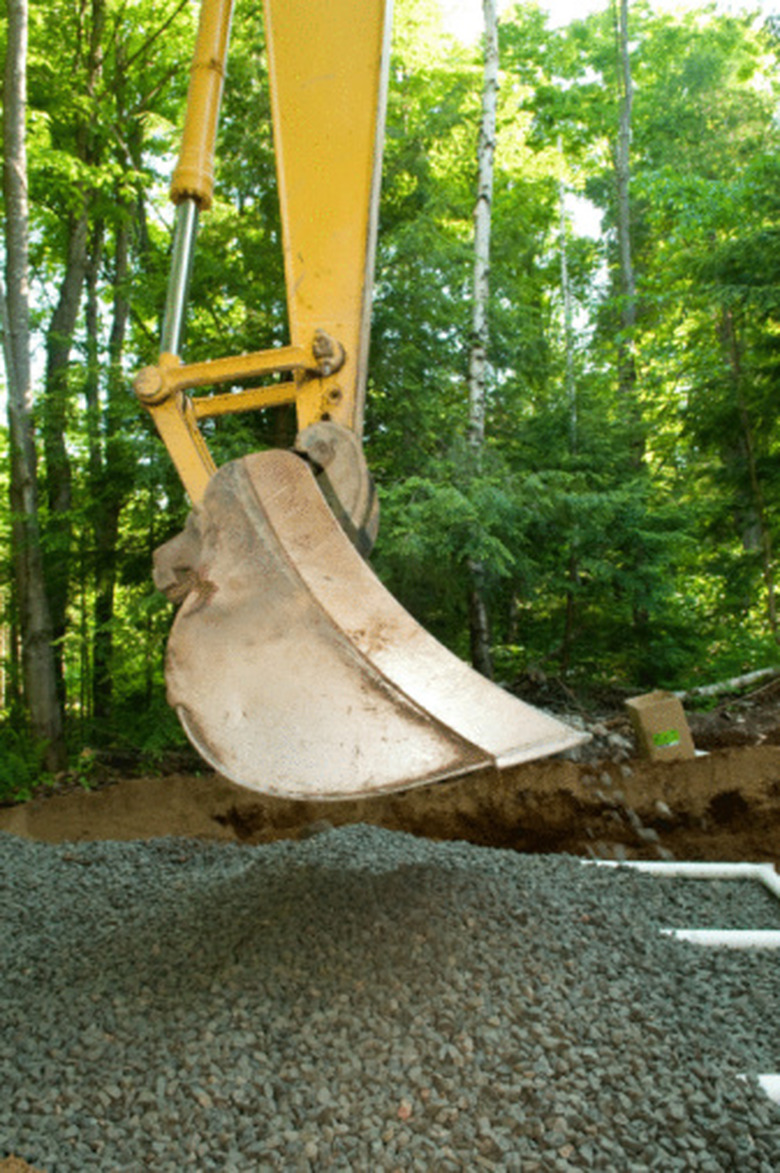Mining Techniques For Sand & Gravel
The U.S. Environmental Protection Agency describes sand and gravel as granulated material that results "from the natural disintegration of rock or stone." The deposits of these materials are generally near the surface of the Earth and in wet areas. The locations are suitable for open pit mining and dredging operations. Open pit mining is performed with power shovels, front end loaders and conveyors. Dredging involves bucket-dredges and suction equipment mounted on barges.
Types of Sand
Types of Sand
Dr. Randall Schaetzl, professor of geology at the University of Michigan, notes that the intended use of sand will determine the type of sand mined and the location used. Michigan is a major source of dune sand. Dune sand is used to make glass and molds where metal is not suitable. Dune sand is most often mined with a front end loader or a crane with a clamshell bucket. The sand is placed into trucks or on to conveyor belts for transportation to be processed.
Other Sand Mining Methods
Other Sand Mining Methods
Sand dunes can also be mined by dredging or hydraulic methods. This involves a high pressure jet of water to wash the sand into a pond where it is pumped to a storage pile or tank. Where sand is present in the form of loose sandstone, drilling and blasting are necessary. The blasting reduces the sandstone to smaller pieces that are placed in trucks by front end loaders.
Sizing Sand and Gravel
Sizing Sand and Gravel
Sand and gravel must be sorted by size. This generally begins when it arrives for processing. Bars are placed over a receiving hopper to catch large pieces. Screens are then used to separate larger and smaller pieces as the materials are transported by belts or conveyors. The gravel is washed and either further processed or stored. The sand is freed of impurities, screened and dried before storage.
Near Stream and In Stream Gravel Minining
Near Stream and In Stream Gravel Minining
Naturally occurring gravel is preferred in construction due to less sharp edges. Near stream mining can be accomplished by mining in dry areas of a river bed that occur during low water stages. In stream mining ranges from using backhoes in small streams to using barges in larger rivers. All of the methods rely upon dredging, earth-moving equipment or draglines. Draglines are buckets that are attached to a cable pulled along to move the material.
Selecting River Sites for Gravel Mining
Selecting River Sites for Gravel Mining
The Ministry of Natural Resources of Malaysia states that while gravel may be available in multiple locations in a river, mining should be limited to locations where there is minimum impact upon the environment. A stream or river is a dynamic environment due to variation in the flow of water. Gravel bars will be present in many streams and rivers. Mining is preferable on gravel bars where there is little vegetation and loose gravel present. This will minimize possible erosion resulting from the mining.
References
- U.S. Environmental Protection Agency; Sand and Gravel Processing; 1995
- San Diego State University; "Evolution of Sand Mining Pits in Alluvial Rivers"; Vittorio Bovolin & Victor Miguel Ponce; 2008
- Colorado State University; "Ministry of Natural Resources of Maylaysia" River Sand Mining Guideline; 2009
Cite This Article
MLA
Sells, Harvey. "Mining Techniques For Sand & Gravel" sciencing.com, https://www.sciencing.com/info-8441910-mining-techniques-sand-gravel/. 9 January 2018.
APA
Sells, Harvey. (2018, January 9). Mining Techniques For Sand & Gravel. sciencing.com. Retrieved from https://www.sciencing.com/info-8441910-mining-techniques-sand-gravel/
Chicago
Sells, Harvey. Mining Techniques For Sand & Gravel last modified August 30, 2022. https://www.sciencing.com/info-8441910-mining-techniques-sand-gravel/
